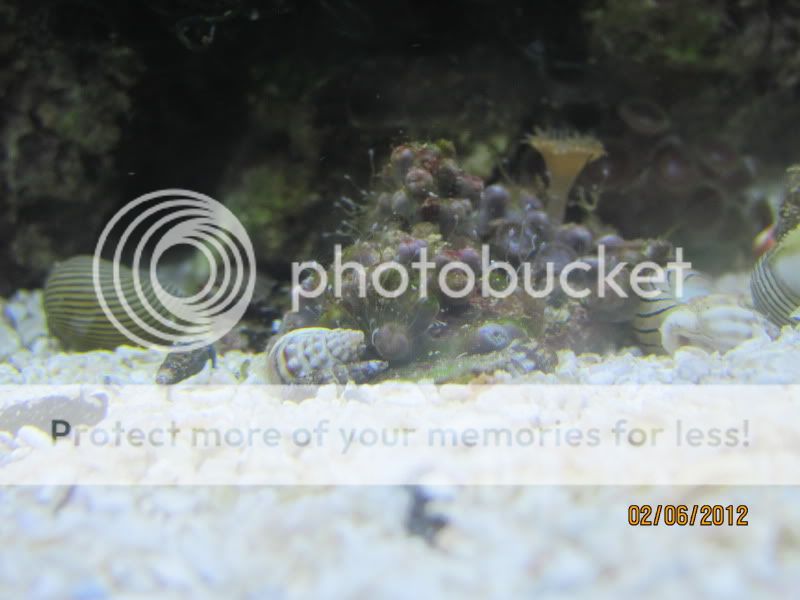brittant
Dog Person in the Water
Earlier this week,hydroids suddenly sprung up across one of my Zoa frags, so I tossed it. Now, little ones are all over my feather duster's tube. This is an even bigger problem because I leave Sunday for Mexico to see my family, and won't be back until the 20th - my mother, who has no reef experience, will be caring for the tank.
I've been doing research, but have not been able to come up with an accessible solution. Is there something I can do, or do I have to sacrifice my feather duster in hope of stopping them?
Below are the ones that appeared on my Zoas, and resemble the ones on my duster:

I've been doing research, but have not been able to come up with an accessible solution. Is there something I can do, or do I have to sacrifice my feather duster in hope of stopping them?
Below are the ones that appeared on my Zoas, and resemble the ones on my duster:

Last edited:
